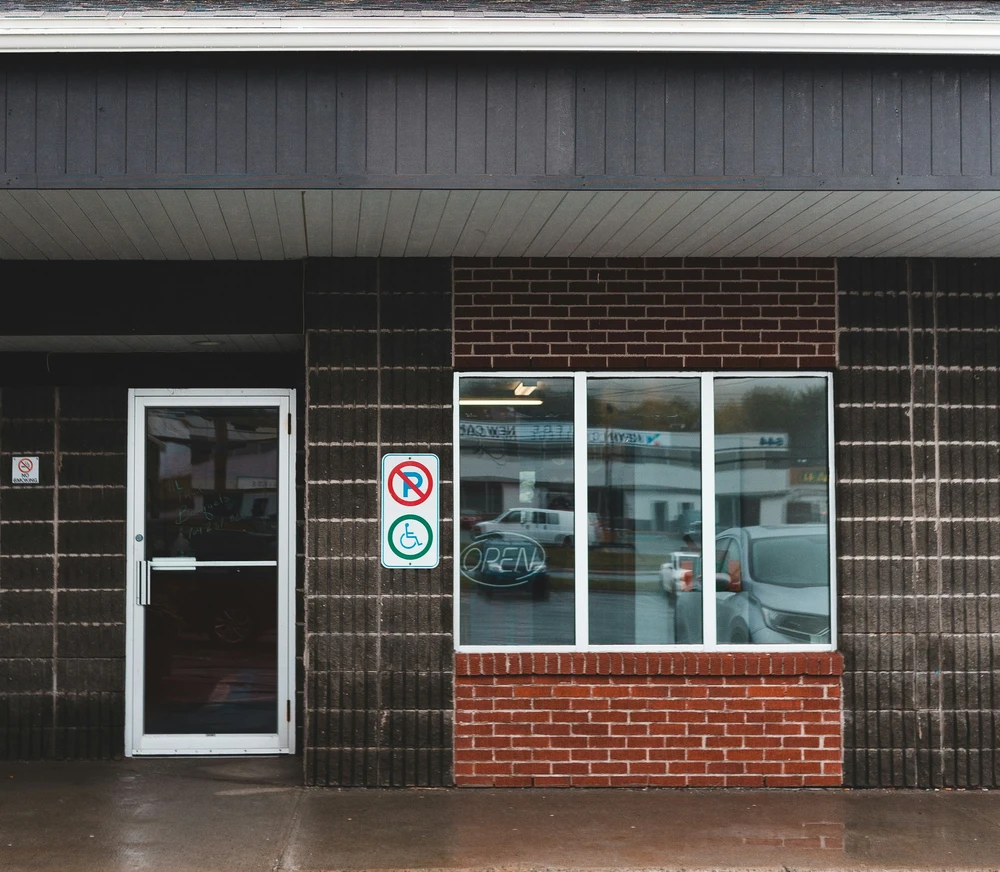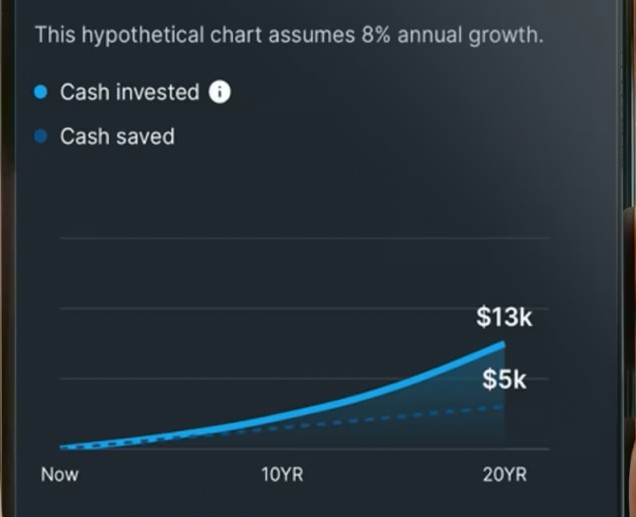Introduction: Zero-Based Budgeting and Urban Affordability
Zero-Based Budgeting is gaining traction as a powerful personal finance tool in today’s high-cost urban environment. As affordability becomes a top concern for individuals and families across U.S. cities, understanding how this budgeting method can help manage expenses is more crucial than ever.
Urban living affordability has become a crucial consideration for individuals and families seeking a place to call home. As major US cities evolve, the cost of living, influenced by various factors, significantly impacts the quality of life for residents. The concept of affordability encompasses multiple dimensions, including housing, transportation, and daily expenses, which collectively dictate one’s overall experience in an urban environment.
Housing Costs in Major US Cities
The landscape of housing costs in the United States is experiencing dynamic changes, with notable variations seen across major urban and suburban areas. As of late 2023, cities such as New York, Los Angeles, and San Francisco have continued to maintain some of the highest housing prices in the nation. The real estate market trends indicate a gradual shift, where urban housing costs are elevating due to demand, while suburban areas are witnessing moderate increases that provide potential buyers a more affordable alternative.
Median housing prices in high-growth cities like Austin and Denver have seen steady increases. Conversely, cities such as Indianapolis and Cleveland remain relatively affordable, thanks to lower demand and stronger housing inventories. For budget-conscious individuals using Zero-Based Budgeting, these regional differences can make a significant impact.
Cost of Living Adjustments: A Breakdown
Several essential factors contribute to the cost of living in a city, including:
- Utilities: Fluctuating due to renewable energy adoption and infrastructure upgrades.
- Groceries: Affected by supply chain dynamics, climate change, and technological advancements in food production.
- Healthcare: Rising due to increased demand, policy changes, and inflation.
- Transportation: Improved infrastructure and adoption of electric vehicles could reduce costs.
Zero-Based Budgeting helps individuals plan for these varying expenses by ensuring that each dollar is allocated to specific categories based on current priorities.
Impact of Remote Work on Urban Affordability
Remote work has dramatically reshaped the affordability dynamics of U.S. cities. As more professionals work from home, demand for suburban and smaller urban areas has surged. This trend has led to a reduction in population density in large metro areas and spurred housing demand in previously overlooked cities.
For those practicing Zero-Based Budgeting, remote work provides an opportunity to optimize lifestyle and cost by relocating to lower-cost regions without sacrificing income.
Comparative City Analysis: Where is it Still Affordable?
- Affordable Cities: Oklahoma City and Memphis offer low housing costs, modest living expenses, and improving job markets.
- Less Affordable Cities: San Francisco and New York City remain among the most expensive due to high demand and limited housing supply.
Here’s a snapshot comparison:
| City | Median Home Price | Cost of Living Index | Notable Trends |
|---|---|---|---|
| Oklahoma City | $225,000 | 86 | Growing tech jobs, low taxes |
| Memphis | $210,000 | 82 | Affordable housing, gentrification |
| San Francisco | $1.2 million | 185 | Tech-driven costs, limited supply |
| New York City | $750,000 | 160 | High demand, cultural attraction |
Government Policies Affecting Affordability
Policies such as zoning reforms, rent control, and affordable housing incentives are reshaping affordability in real time.
- Zoning Reform: Cities are allowing higher-density developments to meet demand.
- Rent Control: Protects tenants but may discourage new construction.
- Affordable Housing Incentives: Tax breaks for developers who build lower-cost units.
When used alongside Zero-Based Budgeting, residents can make strategic housing decisions based on long-term affordability forecasts.
The Role of Amenities and Quality of Life
Affordability isn’t only about cost—it’s about value. Cities investing in community amenities such as:
- Parks and recreation
- Public transportation
- Safety and healthcare access
- Top-rated schools
…often deliver a higher quality of life, even if base costs are slightly elevated. When budgeting with ZBB, these elements help justify expenses in higher-cost areas.
Predictions for 2025: Where Are We Headed?
By 2025, expect to see:
- Emerging urban centers in smaller cities like Boise, Chattanooga, and Des Moines.
- Revitalized urban cores due to investment in infrastructure and green technologies.
- Sustainable developments driving long-term affordability through energy savings and eco-conscious living.
Practicing Zero-Based Budgeting will be critical in navigating this evolving urban landscape. By justifying every expense, individuals can ensure they live where value aligns with financial goals.
Conclusion: Using Zero-Based Budgeting to Navigate Urban Living
As we reflect on urban affordability in 2025, the importance of structured financial planning through Zero-Based Budgeting becomes evident. This method empowers individuals to:
- Allocate income intentionally
- Adjust spending based on real-time cost trends
- Make informed decisions about where to live
With the right strategy, including sound budgeting habits and awareness of urban development, residents can still find affordable and fulfilling lifestyles in U.S. cities.












